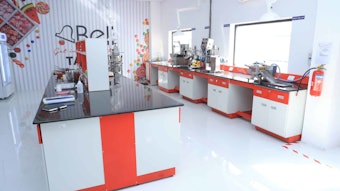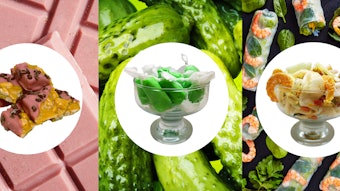
How can companies keep up with consumers' ever-evolving taste preferences? Are consumers educated enough in flavor profiles to make the right food choices? Vivanda Inc.'s has launched its proprietary flavor mapping innovation, FlavorPrint, that combines digital technology with culinary science designed to create spot-on food solutions for retailers, manufacturers and consumers.
The start-up company received an undisclosed investment by German software company, SAP and has raised $4 million year-to-date.
How does flavor mapping work?
"Essentially, we built a technology that can understand any food item based on how it's made," explained Jerry Wolfe, CEO of Vivanda and former chief information officer at McCormick to BizJournals.com.
"The database maps out 16,000 aroma chemicals into 33 flavors and 17 textures."
Similar to our very own fingerprints or a product's UPC code, a unique "FlavorPrint" is assigned to a person's taste and texture preferences or a food item. You can create your own flavor profile by clicking here.
FlavorPrint pulls from a comprehensive library of ingredients, products and recipes to develop a taste profile database. Combining food and culinary sciences and consumer preferences, the database maps out 16,000 aroma chemicals into 33 flavors and 17 textures, as well as accounting for dietary and nutritional attributes.
Driving consumer preferences
The database holds a vast list indeed, but it offers detailed insight into consumer preferences for retailers/manufacturers and culinary know-how for consumers.
"The number one driver of consumer choices when it comes to food is taste," explained Wolfe. "One of the things we can generate is an enormous amount of data that didn't exist before on taste profiles and consumer preferences to help determine why people like what they like. That creates tremendous new analytical opportunities."










